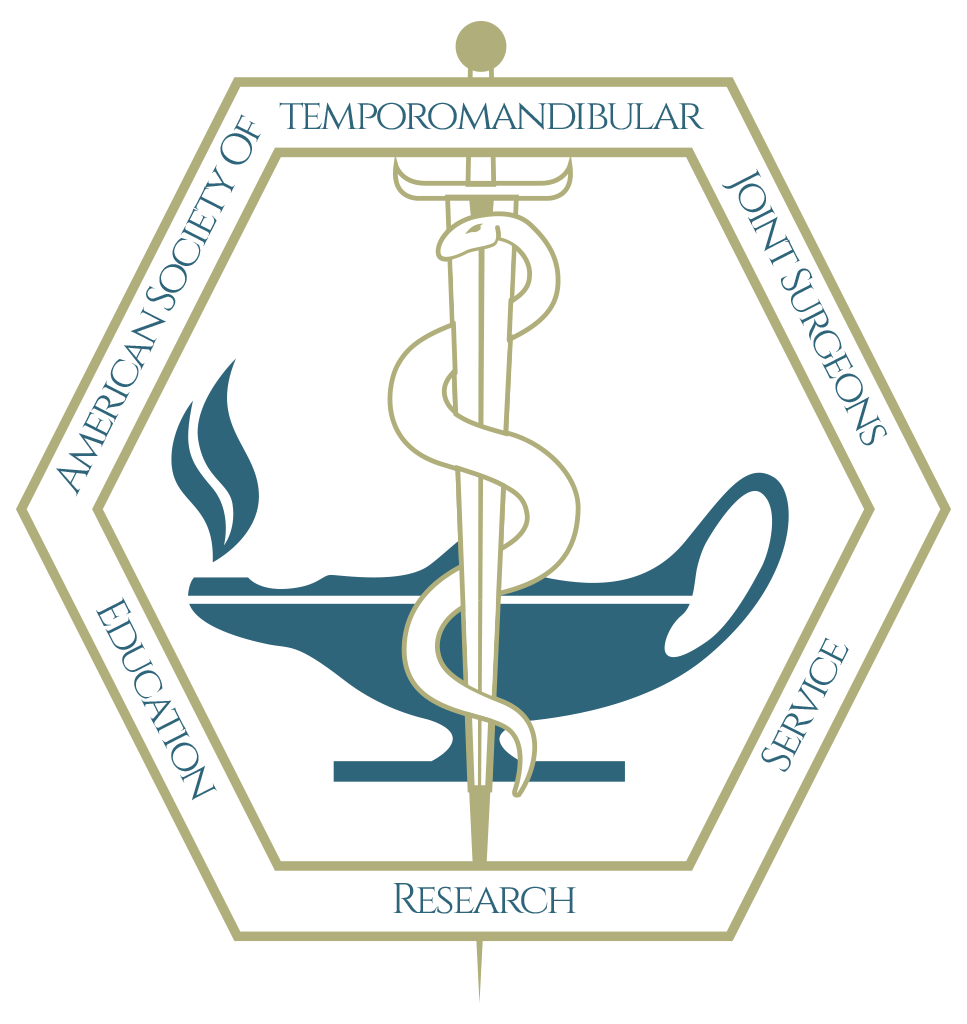What is the temporomandibular joint (TMJ)?
The temporomandibular joint (TMJ) is the joint that connects the lower jaw to the base of the skull in front of each ear. The TMJ consists of a lower jaw ball and skull base socket. Together, these joints rotate and slide due to the action of several muscles allowing the lower jaw to move up and down, side to side, forward and backward. TMJ function allows for chewing, talking, yawning, and swallowing. When parts of the TMJ are not operating properly temporomandibular joint disorders (TMD) can result.
What are some common temporomandibular joint disorders (TMD)?
The most common cause of temporomandibular joint disorders (TMD) is the result of jaw muscle related pain and problems with normal jaw functions. These conditions typically require only non-invasive management.
The following pathologic conditions directly affect the TMJ’s anatomical components. These are the same processes that affect other body joints and may require invasive management.
- Developmental or congenital abnormalities
- Agenesis – failure of TMJ development altogether
- Hemifacial microsomia – failure of development of the lower jaw part of the TMJ
- Condylar hyperplasia – over-growth of the lower jaw part of the TMJ
- Condylar hypoplasia – under-growth of the lower jaw part of the TMJ
- Arthritic Diseases
- Low-inflammatory Arthritis
- Osteoarthritis (OA)
- High-inflammatory Arthritis
- Rheumatoid Arthritis (RA)
- Juvenile Idiopathic Arthritis (JIA)
- Condylar Resorption
- Idiopathic
- Progressive
- Condylar Resorption
- Metabolic Arthritis
- Infectious Arthritis
- Low-inflammatory Arthritis
- Trauma
- Subluxation – hypermobile TMJ which is self-reducible
- Dislocation – non-self-reducible TMJ hypermobility
- Fracture
- Internal derangement
- Tumors – rare
- Benign
- Malignant
- Ankylosis
- Pseudo-ankylosis – related to an increased size of the coronoid process of the lower jaw
- True bony TMJ ankylosis – related to traumatically induced bony fusion of the TMJ itself
